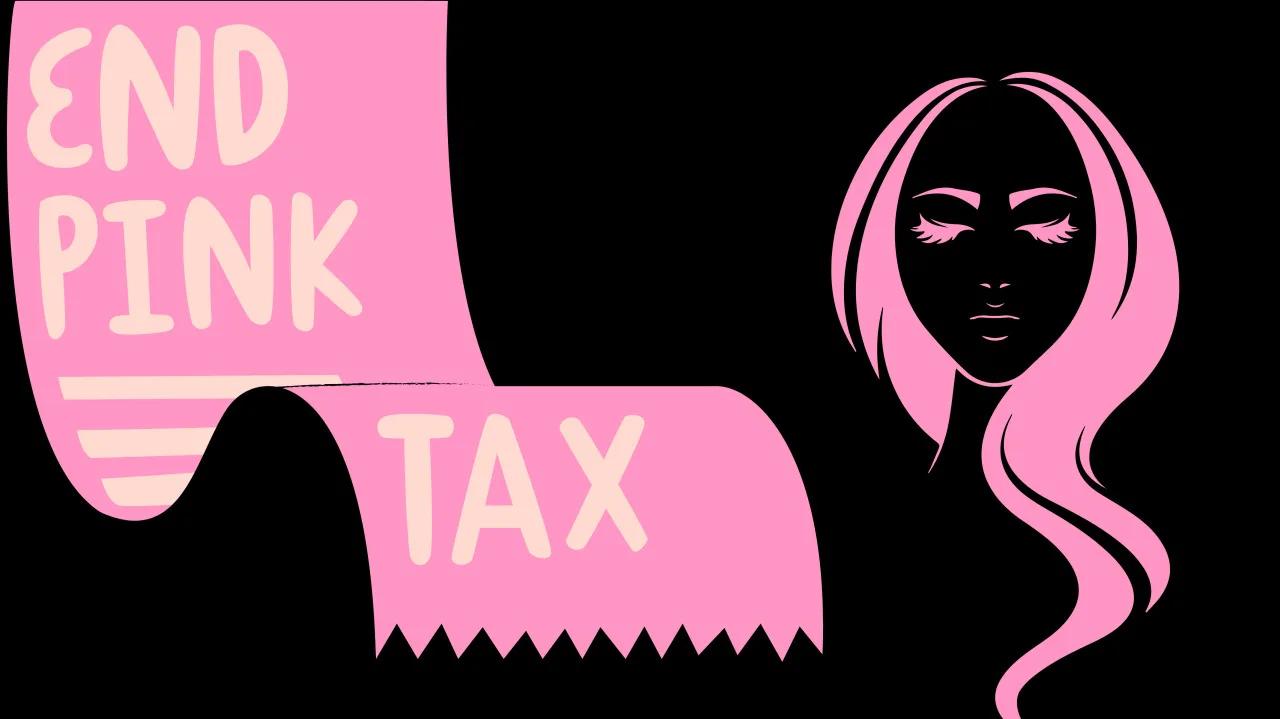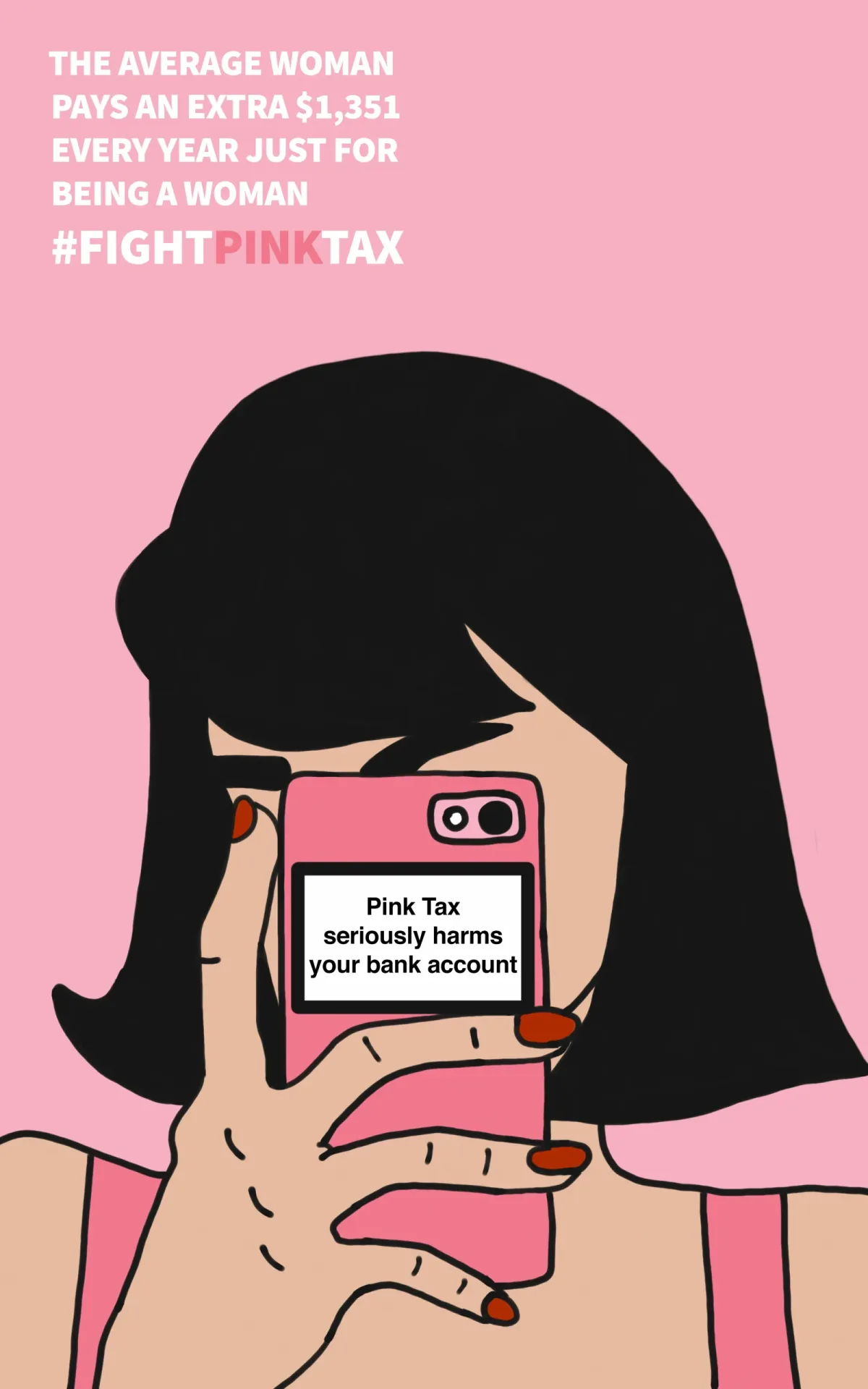Have you ever wondered why women’s products are marketed at a more costlier price as compared to that of men ? This would come as a surprise that women centric products come into the market after they undergo the process of pink taxing. This Pink Tax is simply a tax (not put up by the government) on female products to make them look more feminine. In one way, it can be defined as a tax which promotes gender based discrimination where women are required to pay more than men for similar products. It is not a literal tax but it has a pricing model that puts women at a disadvantageous position. It is an invisible cost, where women pay for the extra designing and marketing of the product.
Research says that the SAME products for women cost 7% more than the ones made for men. This price difference rises up to 13% when it comes to female personal care. Gaurav Kapoor, a comedian, in one of his startups talked about how when a male and female start to live together, the guy realises that there were so many things he did not know existed. He also questioned why women have so many products to clean their genitals V-Wash whereas males still use ‘Soap’. This is exactly how a person finds themselves when they have no idea about the pink tax.
Basic products like shampoo, razors, clothes, lotions, are dressed up in pink or pastel coloured packaging with jacked up prices are indicative of pink tax. Increased costs of toys or gear aimed at girls, such as pink bicycles, scooters, and helmets, compared to the same red or blue bicycles, scooters, and helmets. Well, in the service sector, the grooming industry is the one that highly charges the same. According to behavioral economics, women are less likely to switch items because of their gender specific needs and therefore are much more likely to be influenced by their emotions while making purchases. This behavioral economics works so successfully, because women are made to believe that all these products are specifically designed for their own preferences.
This society, fully engrossed in the idea of consumerism, certainly forgets that the world does not pay equally to both the Genders. Women around the world are paid less as compared to their male counterparts and this leads to putting women in a more ill-fated financial position. The major thing here is that in India we are not even aware about the existence of Pink Tax. This lack of awareness continues the financial exploitation of women.
This Pink Tax is a vicious tax, which surely makes the girl beautiful but leaves her like a fool.

So, the very first thing that can be done to tackle awareness of pricing disparities based on gender, campaigns need to develop distinctive hashtags and launch initiatives that spotlight unjust pricing practices, striving for widespread reach to foster solidarity and increase awareness. Additionally, consumers should pursue legal remedies under consumer protection laws if they feel they are being unjustly charged due to their gender. This issue has been brought to light worldwide; by boycotting brands and their unjust pricing, we can encourage them to adopt fairer practices. A fairer marketplace that respects the dignity and rights of each person can be accomplished through solidarity, consciousness, and effort.



